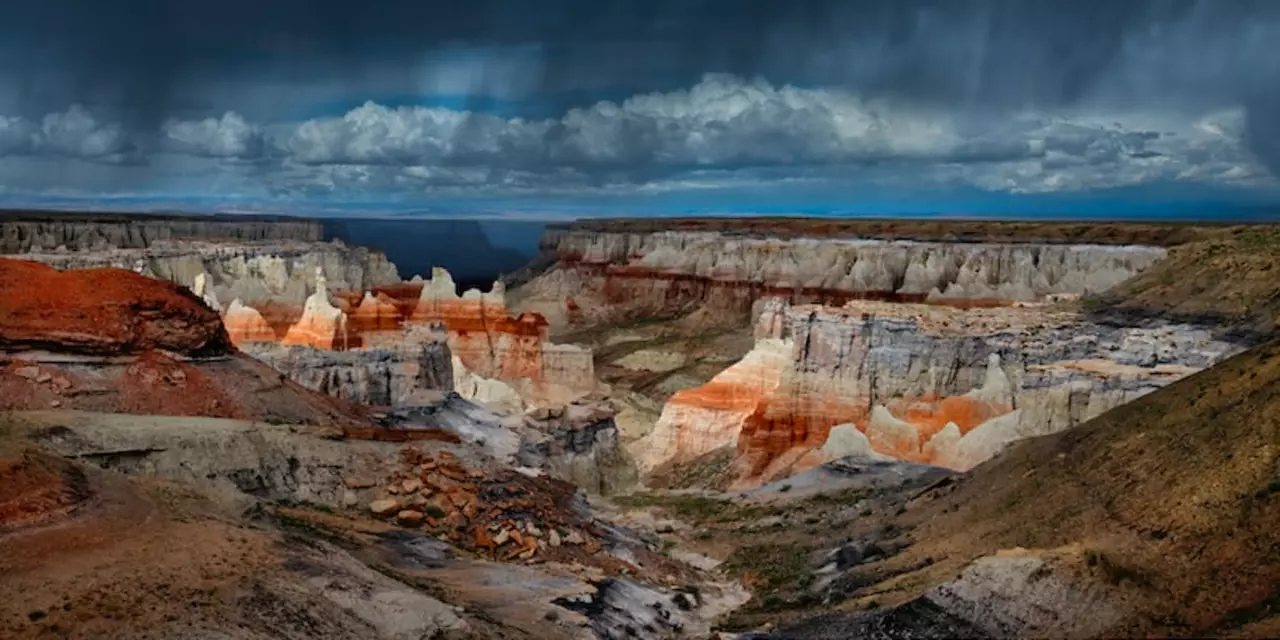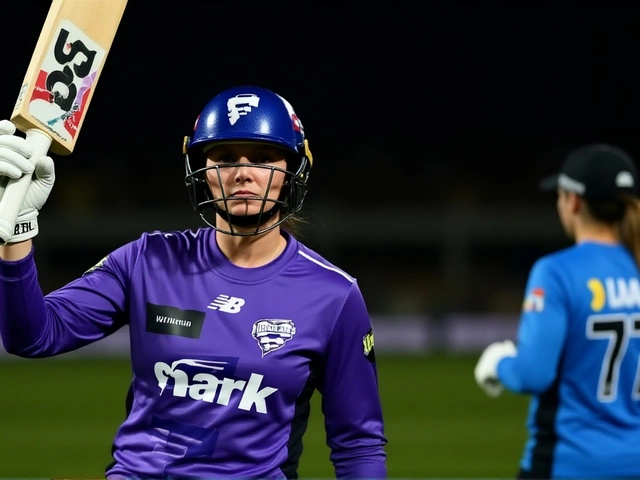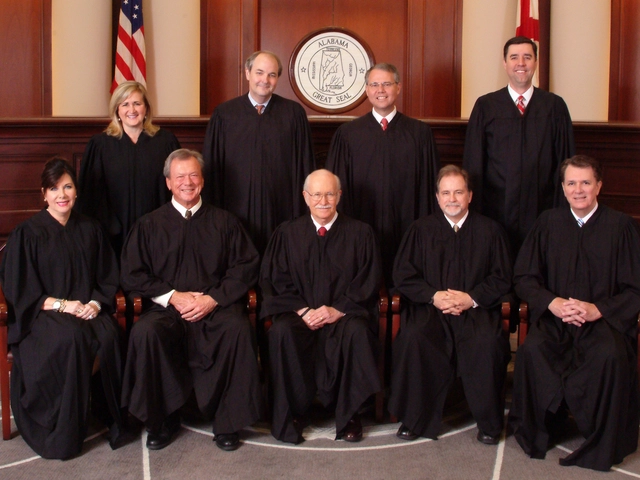Perth Scorchers Women edge Adelaide Strikers Women by 1 run in dramatic WBBL|11 clash
November 23 2025Indigenous People in India – A Quick Guide
When you hear "indigenous people" in India, you’re hearing about millions of Adivasis who live across forests, hills and remote villages. They speak dozens of languages, wear distinct clothes and follow customs that have survived for centuries. Yet most of us see them only in headlines about land battles or festivals. This guide pulls back the curtain so you can understand who they are, what they celebrate, and why their story matters today.
Key Tribes and Their Traditions
India is home to over 700 recognized tribes. From the Santhals of West Bengal, who paint intricate designs on bamboo mats, to the Bhils of Rajasthan, known for their vibrant headgear and folk dances, each group has a flavor all its own. The Gonds of central India carve beautiful rangoli patterns with colored earth, while the Todas of the Nilgiris keep their ancient stone houses and cattle-breeding rituals intact. Food tells a big part of the story – millet, rice, and wild vegetables form the staple diet, and dishes are often cooked over open fires using age‑old recipes.
Current Issues and How You Can Help
Despite their cultural wealth, many indigenous communities face daily challenges. Land grabs for mining or big‑scale farms threaten forests that families depend on for shelter and livelihood. Education gaps mean fewer kids finish school, and health services are scarce in remote hills. Recent court rulings have started to protect forest rights, but enforcement is uneven. You can support by spreading accurate information, buying fair‑trade crafts directly from tribal cooperatives, or volunteering with NGOs that focus on literacy and health outreach.
Government schemes like the Forest Rights Act aim to give Adivasis legal ownership of ancestral land. However, paperwork can be confusing, and many villages miss out. Local NGOs often help natives file claims, so donating to or partnering with these groups can make a real difference. When you visit a tribal village, ask for permission before taking photos and respect local customs – a simple gesture that shows you value their dignity.
India’s indigenous people are not just a relic of the past; they are vibrant contributors to the nation’s biodiversity and cultural mosaic. Their knowledge of medicinal plants, sustainable farming and community living offers lessons for modern society. By learning about their festivals, listening to their stories and standing up for their rights, we help keep this living heritage alive for generations to come.
 1 Mar
1 Mar
What's going on in Indian reservations?
This article discusses the current state of Indian reservations in the United States. It explains that poverty, unemployment, and limited access to healthcare are issues that plague many reservations, due to a lack of resources and government funding. In addition, Native Americans are disproportionately affected by police brutality and violence. Despite this, there is still hope for the future, as Native Americans are fighting for change and recognition through a variety of initiatives. They are also challenging old stereotypes and advocating for better education for their children. Overall, this article paints a picture of a difficult present, but also one with optimism for the future.
Read More...



